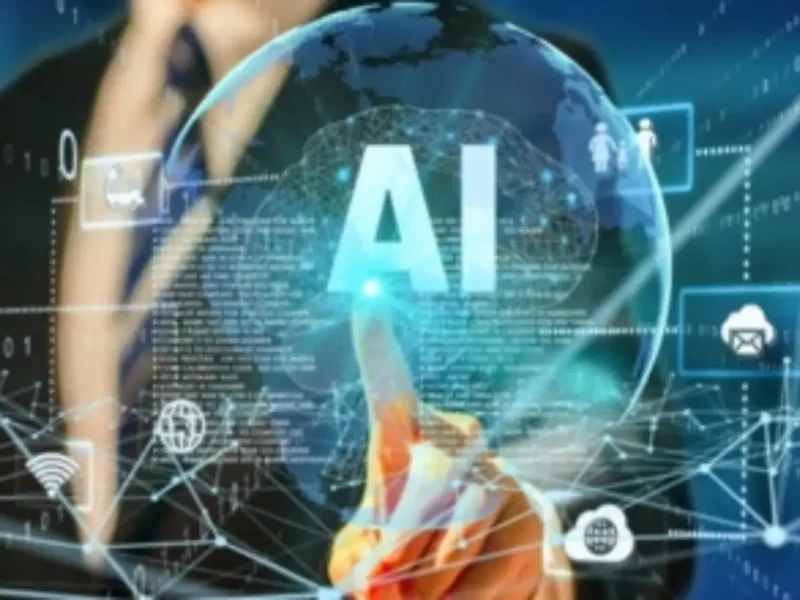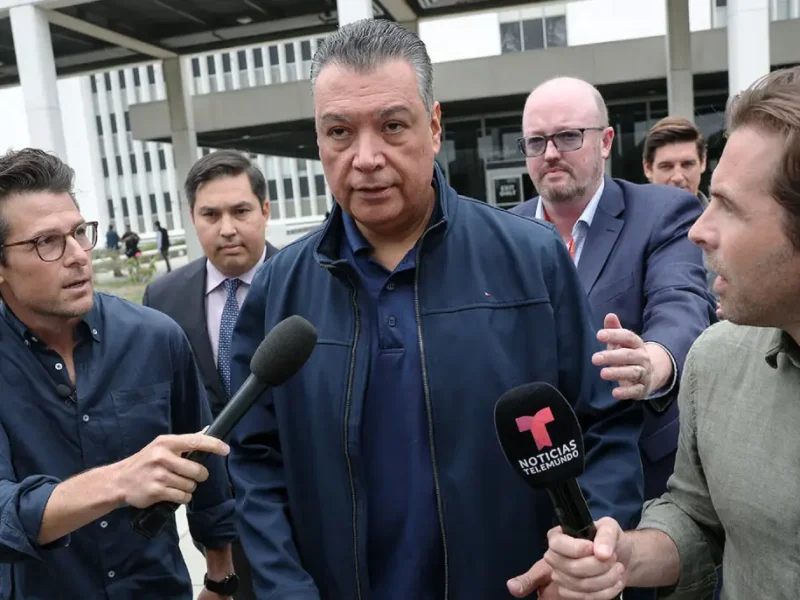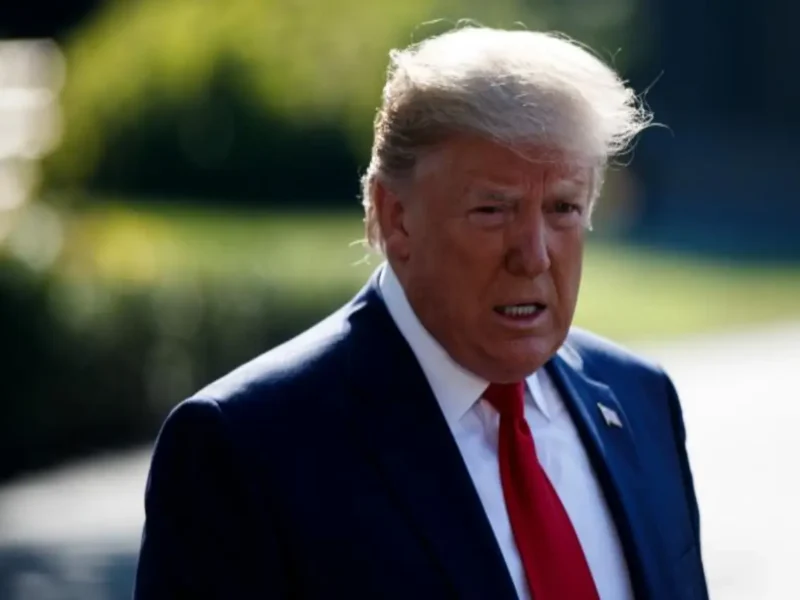Once China Divided India & US, Now It Brings The Two Closer
NEW YORK, NY (IANS) – The US expectations of the relations with India – that it would become a bulwark against China and Russia – have come a full circle from 1947 to 2023 with Washington and New Delhi finally in agreement.
As ever, India-US relations are shrouded in ambiguity, from before the Asian nation’s independence to even now, when the two democracies appear to be drawing closer together.
But geopolitics aside, perhaps, the most momentous development is a person of Indian heritage, Kamala Harris, holding the second highest office in the US – something Franklin D Roosevelt, the US president laid the groundwork for India becoming free of the colonial yoke, might not have dreamt of.
Modern India’s ties to the US can be traced to Roosevelt forcing British Prime Minister Winston Churchill, the archetypical racist colonialist, into signing the 1941 Atlantic Charter promising independence for colonies with a clause about self-determination.
“America won’t help England in this war simply so that she will be able to continue to ride roughshod over colonial peoples,” Roosevelt is said to have warned the imperialist. Yet, Roosevelt, who tried unsuccessfully to have an emissary mediate between the British and India’s Independence movement leaders, could not force Churchill to implement it if World War II was raging. Ultimately, Roosevelt’s idea prevailed, and India became free under both their successors, US President Harry Truman, and British Prime Minister Clement Atlee.
Truman had high expectations of a democratic India and sent Prime Minister Jawaharlal Nehru his own plane to bring him from London and went out of his way to greet him on arrival and feted him in 1941. But China intervened.
With Cold War, both leaders were hung up on China – Truman was backing Taiwan, then officially recognized China at the UN, and was set against a Communist Beijing, and wanted Nehru, who was behind Mao Zedong, to switch sides.
That was the first overt sign of the fissures between the two countries, yet about three-quarters of a century later, it is China that is drawing them closer.
Truman’s Secretary of State Dean Acheson declared Nehru “one of the most difficult persons”. Shortly after the visit, Nehru declared more firmly a policy of not aligning with blocs, which would later become the concept of non-alignment.
In the Korean War that broke out a year later when the US and Beijing’s forces clashed, India stood neutral, much to the chagrin of Washington. But the US continued with economic assistance for India and in 1951, Truman pushed through the India Emergency Food Assistance Act when India faced severe food shortage.
Engulfed in an ideological fog, Nehru ramped up his rhetoric of non-alignment, which in effect was perceived as critical of the West.
The tenuous relationship with Washington continued with a slight warming of ties between Nehru and the wartime general President Dwight Eisenhower, who expressed respect for Nehru in his memoir. In 1959, Eisenhower became the first US president to visit India.
Meanwhile, Pakistan had grown closer to the US, joining the two now-defunct defense collectives, SEATO and CENTO, and benefitted militarily from the US.
The India-China war in 1962 shocked Nehru to reality and he, temporarily abandoning his veneer of non-alignment, sought US military aid from President John F Kennedy, which he received.
The Soviet Union, which had broken up with China, began supplying arms to India, notably the MIG21 fighter jets, although the supply began after the war, seeding their deep bonds. The Kennedy administration initially supported Nehru’s request for setting up a massive state-owned steel plant at Bokaro but viewed as a socialist project it faced political opposition.
Moscow stepped in to help India set up the steel plant further deepening ties between the two countries. That was further strengthened at the cost of Washington during the 1965 Indo-Pakistan War when Islamabad flung advanced US weaponry at India, which was using mostly Soviet and old British arms.
Yet, when the danger of famine loomed over India, President Lyndon Johnson rushed food aid to India in 1966, while also extracting promises to reform agriculture and to tone down criticism of the US internationally.
India and the US had already been collaborating in agriculture development and what was probably the greatest achievement in India-US cooperation followed, helping India achieve food self-sufficiency through the Green Revolution in a few short years and making it one of the world’s granaries.
The 1971 Bangladesh War of Independence is the nadir in New Delhi-Washington relations.
A month before the War, Prime Minister Indira Gandhi visited Washington and met with President Richard Nixon, asking for help to temper the Pakistani military crackdown on what was then East Pakistan and to deal with the crisis of refugees fleeing army terror. His vulgar personal comments about Gandhi and about Indians emerged from White House tapes that were made public decades later.
Given the deep ties with Pakistan and with Islamabad acting as the broker for the US to establish relations with China, Nixon made the infamous “tilt” to Pakistan and tried to intimidate India by sending the Seventh Fleet to the Bay of Bengal.
Under Presidents Jimmy Carter, who visited India; Ronald Reagan, who warmly received both Indira Gandhi and her son Rajiv who succeeded her, and George Bush, the senior, the two countries plodded on with no breakthroughs in their relations.
India’s 1998 nuclear test brought sanctions against it from President Bill Clinton, marking another diplomacy dip between the two nations. Although relations with India had had a rocky start at the start of his administration due to Secretary of State Madeline Albright’s perceived hostility, Clinton came through when Pakistan sent its forces into Kargil in Kashmir in 1999. A war seeming likely when India began to root out Islamabad’s forces, Clinton called Prime Minister Nawaz Sharif to Washington and read him the riot act, forcing him and then-military chief Pervez Musharraf to withdraw their troops.
With the emergence of the Indian American community and the onset of India’s economic liberalization, Clinton started the steps that have led to the embrace of the two countries now. His visit to India the next year, was the first visit by a US president in 22 years, and Prime Minister Atal Bihari Vajpayee went to Washington the same year.
A bipartisan consensus on cooperation with India was becoming entrenched and President George W Bush in 2001 ended all the sanctions against India.
The 2001 terrorist attack on the US that was orchestrated by Pakistan’s allies in Afghanistan brought a sense of urgency to New Delhi’s and Washington’s war on terror, even as Islamabad took advantage of its geography in the US invasion of Afghanistan.
India and the US began joint military exercises in 2002 and in 2005 signed an agreement on the framework for defense cooperation.
That year the two countries also agreed on the landmark Civil Nuclear Agreement that allowed them to resume cooperation in the area, while also having an impact beyond their borders facilitating trade in nuclear equipment and materials.
The agreement became the centerpiece of the era of Bush and Prime Minister Manmohan Singh.
Singh visited Washington in 2005 to discuss the nuclear deal, and in 2008 after it was okayed by Congress, while Bush went to India in 2006 to finalize it, and during that trip, the two countries agreed to increase trade and loosen restrictions.
Singh returned to Washington the next year on a state visit at the invitation of President Barack Obama and made another visit in 2013. The cerebral Indian leader bonded with the intellectual American and the relations in economy and defense took off.
China had again taken the center in the relations between the US and India, but this time with a convergence – India jolted from the Nehruvian illusion and the US waking up to the looming threats in the economy, trade and, more importantly, security.
The Quad, the group of India, the US, Australia, and Japan, that was to play a greater role later was launched in 2007 but collapsed quickly when Canberra cooled towards Washington.
Prime Minister Narendra Modi, opened the avenues for ties that bind closer.
Once shunned by the US, his election made Washington realize the new realities of India, and Obama quickly invited him to visit in 2014. He arrived like a rock star feted by tens of thousands of Indian Americans.
Besides vowing to boost trade, the two leaders turned their focus to climate change and agreed on programs on green energy. Obama was the guest at India’s Republic Day celebration the next year.
In 2016, Modi addressed a joint session of Congress for the first time and the US gave India the status of Major Defense Partner, which led to an agreement to deepen military cooperation.
At President Donald Trump’s invitation, Modi visited Washington in 2017 and in 2019 the two of them went together to Houston and paraded at an event billed as “Howdy Modi” that drew about 50,000 people. Trump went to India in 2020 for his last foreign trip as president and was greeted by a roaring crowd of about 100,000 in Ahmedabad.
During the Covid pandemic, India sent some medicines at the request of Trump, as well as some medical supplies, while the US sent medical equipment. While New Delhi was already sending vaccines to many countries, the Quad which was revived in 2017 devised a joint program to provide developing countries with vaccines made by India.
On the trade front, Modi’s ‘Make in India’ clashed with Trump’s ‘America First’ resulting in a mini-trade-war. Trump ended preferential trade status for some Indian products under the Generalized Scheme of Preferences program asserting that New Delhi does not give “equitable” access to Indian markets for some US products – among them whisky and motorcycles. India retaliated by hiking tariffs on 28 products, among them almonds, and the US hit back with more duties on Indian aluminum and steel imports.
But they went ahead on the defense and security front, signing a slew of pacts including the Communications Compatibility and Security Agreement that gives New Delhi access to advanced technologies and real-time military data and the Basic Exchange and Cooperation Agreement for intelligence-sharing.
When President Joe Biden came into office and the full impact of China on security, trade and the economy present, he revved up cooperation with India.
The Quad meetings were raised to summit status and Modi attended it in Washington in 2021. Ignoring opposition from the vociferous left in the Democratic Party and the ideologically liberal mainstream media, Biden invited Modi for a state visit last month.
Not only was the US selling India advanced military equipment worth several billions of dollars, but it also authorized the production of military jet engines jointly in India while promoting cooperation in defense production in deals finalized during Modi’s visit.
As the US tries to break the stranglehold of China on its supply chains, especially in hi-tech, India is emerging as a venue for friend shoring – developing manufacturing in friendly countries that can be reliable partners.
From being a recipient of food aid from the US seven decades ago, India has emerged as a partner in defense, space, health, and technology.
Yet the shadow of ambiguity persists: India still will not back the US unambiguously, is still dangerously reliant on Russia for defense, and wary of going too far in provoking China while appearing with them on international forums.






Mouli
/
Kamala was elected not because of her Indian origin, but by portraying herself as a strong member of the Afro-American community and she has never made any strong claims of Indian origin/connection/etc except when approaching the Indian community for political contributions. Let not the media get carried away by the name as she will and has not been of any help to India or to the Indian community here.
July 25, 2023RAJENDIR K SHARMA
/
Nehru was one of the useless Indian leaders along with likes of Lalu, Stalin, Charan, Rao, Morarji, Stalin, Mamta, Banerjee, Chartejee, Sonia and her sons. He was responsible for the murders of thousand of Indian soldiers at the hands of his Chinese friend Chao along with seeing Kashmir occupied by Pakistan and China. He did nothing to recover the China/Pakistan occupied areas and was instrumental in making the county poor and subjugating the Hindu majority. He despised Maharajas but himself became one. He visited overseas at tax payers expense but did nothing to improve India, including installing sanitation system. Most of his time was spent participating in useless non-alignment meetings. His death was a blessing for India although there were some his foolish supporter to killed themself when they head his death. Modi is a great leader along with Sardar Patel. As long as PM Modi facilitate creation of jobs, law order, uniform law, improvement/expansion of infrastructure, elimination of corruption, his chance of remaining PR remains high.
July 25, 2023